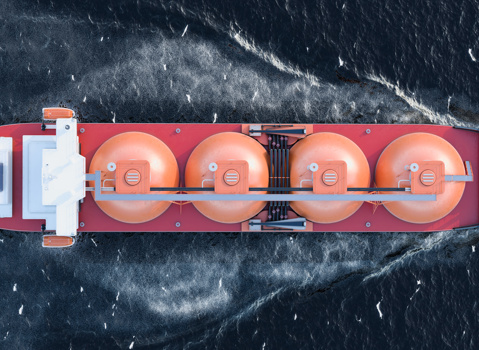
Roads and railways faces an ongoing challenge to cope with extreme weather events, which can cause bridge foundations to scour, infrastructure to flood, and track beds and formations to wash out.

Weather events can also move geotechnical assets, such as embankments, cuttings and retaining walls. The effects of climate change compound this challenge. One-in-a-hundred-year events occur ever more frequently, often with catastrophic effects on the operation of critical infrastructure.
To help asset managers with the challenge of operating roads and railways safely, James Fisher Strainstall has installed flood and scour monitoring systems on many high-risk railway sites.
The systems detect changes in water level and anticipate the time at which flood levels might be breached. They can also capture images, showing water levels, build-up of debris, and status of the railway lines. A range of technologies are also deployed to detect bridge scour. They give controllers access to real-time information and avoid the need to send teams out for emergency inspection. Natural Resources Wales and Environment Agency flood alerts are also integrated into the same systems, allowing them to be placed into the alert ahead of the detection of any rises in water level. Structural monitoring data is also used to determine whether flood events have caused any displacement of track, structures or earthworks.
Flood monitoring systems for effective control of route
Our flood monitoring systems deliver a number of benefits:
- The systems allow Network Rail to inform TOCs (train operating companies) of closures ahead of time, in turn enabling them to plan train movements and avoid vehicles being stranded on the wrong side of a flooded section.
- Trains can continue to operate under temporary speed restrictions, even in flood conditions.
- Following flooding, sections of the line can be re-opened at 20mph if outputs of the monitoring equipment show no displacement.
- Operation is enhanced as it is no longer necessary to wait for civil examination to take place.
- Debris is detected with cameras, reducing the need for inspections following floods
Ultimately, the systems developed by JF Strainstall provide:
- Cost savings in compensation payments (schedule 8)
- Reduced disruption to passengers
- Reduced risk by avoiding the need to send staff out to assess flooded sites.
Integrated Monitoring Systems
Our systems are fully integrated, meaning that data from a range of sources can be displayed using our SAMS platform. Inputs include structural, geotechnical and flood monitoring sensors, as well as third party systems, including predictive flood warning systems (Environment Agency/Natural Resources Wales) and meteorological prediction data. The platform acts as a single interface for efficient operation and maintenance.

If you are making an enquiry about a product or service, please use our sales enquiry form.
Read our latest news
 Read article
Read article



